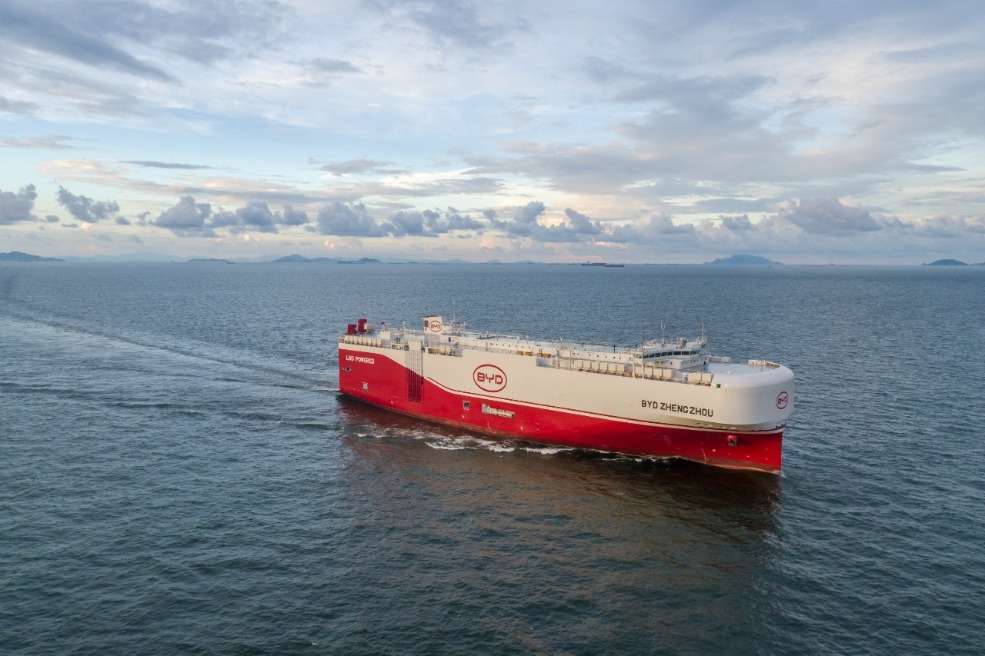CCUS key to steelmaker's new energy transition

As the steel sector faces rising pressure to reduce its carbon footprint, Inner Mongolia autonomous region-based Baogang Group is resorting to carbon capture and storage (CCS) to achieve a deep reduction in emissions at its steel plants.
It announced the commencement of construction of a 2-million metric ton carbon capture, utilization and storage (CCUS) project on June 30, the first CCUS whole industrial chain demonstration project in the country's steel sector.
Baogang said the CCUS project will capture carbon from industrial waste gas released during the steelmaking process. The captured carbon will be permanently sealed underground, with some utilized for other industrial purposes.
The first phase of the project, which includes 500,000 tons, will help reduce carbon dioxide emissions by 365,300 tons each year after it is put into operation, it said.
The steel sector is currently the largest industrial consumer of fossil fuels, mainly coal, which is used both as a feedstock and an energy source to generate heat and make coking coal-a coal-based fuel.
Sun Guolong, general manager of Baogang Group, said carbon capture utilization and storage will play a critical and evolving role in China's energy transition.
Recent projections by the International Energy Agency indicate that cumulative direct emission reductions using CCUS will account for 16 percent of global iron and steel emission reductions by 2050, requiring 400 megatons of carbon dioxide capture capacity each year.
The 2-million ton CCUS project is in accordance with the government's ambitions to achieve a carbon peak by 2030 and carbon neutrality by 2060, and the company will also strengthen cooperation with academic institutions and schools, Sun said.
An analyst said the steel sector is facing rising pressure to reduce its carbon footprint worldwide, as iron and steelmaking processes are energy and carbon-intensive.
Zhu Yi, a senior analyst with metals and mining at Bloomberg Intelligence, a market monitor, believes CCUS remains one of the most effective ways for China to achieve deep emissions cuts.
"China and the world's commitment to carbon reduction and carbon neutrality could motivate steel mills to upgrade production lines and techniques, with incurring higher operational, R&D and capital expenditures," Zhu said.
"Most major Chinese steel mills have set their carbon reduction timelines and carbon neutral targets, as producing 1 ton of steel generates 1.8 tons of greenhouse gases, with the sector accounting for 7 percent of global emissions," she added.




































